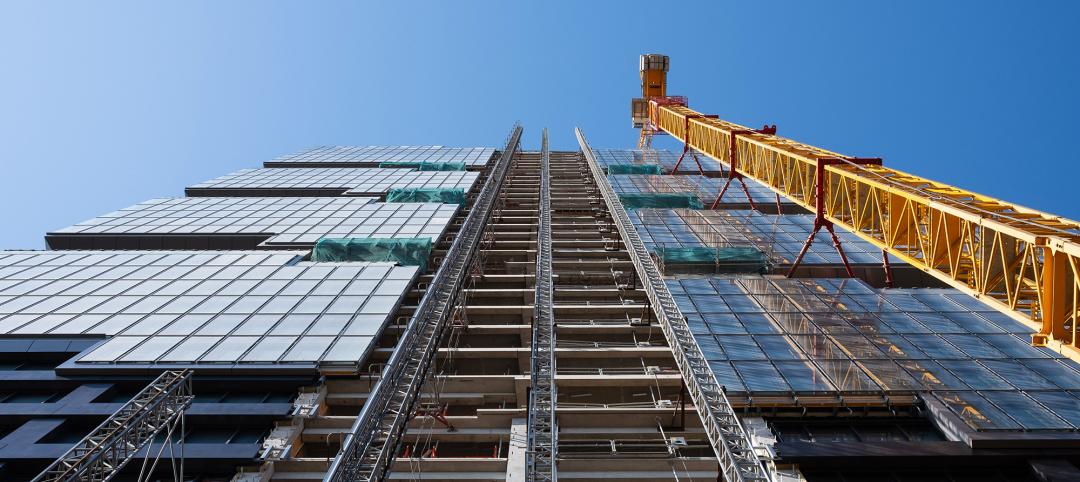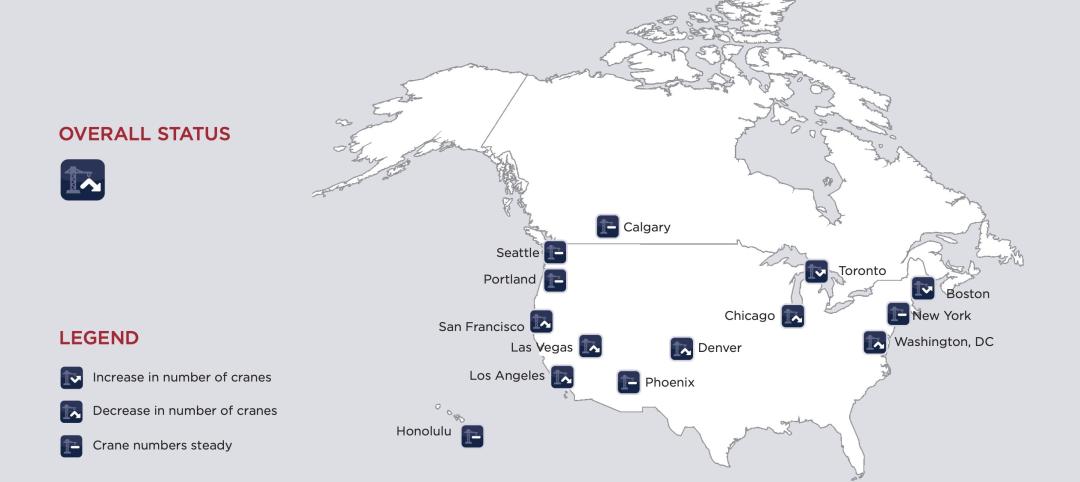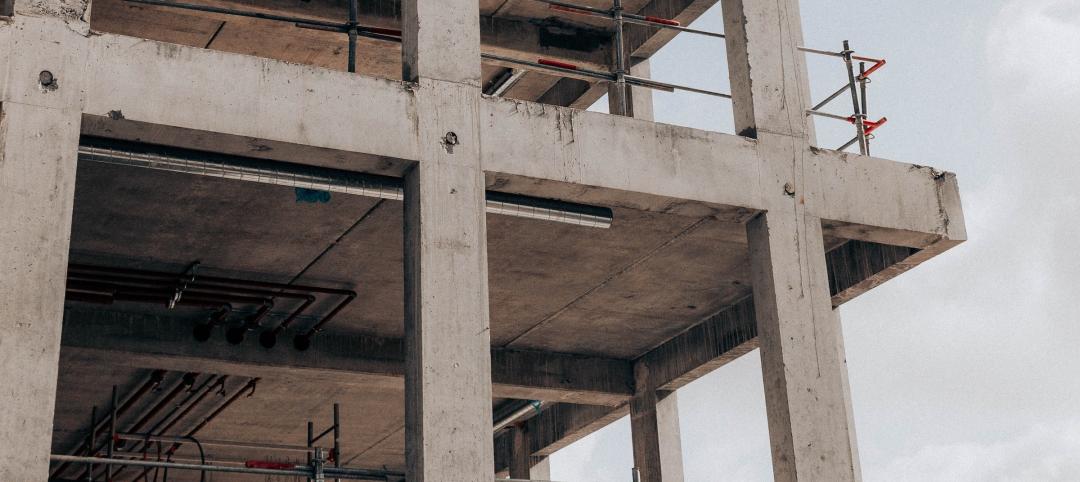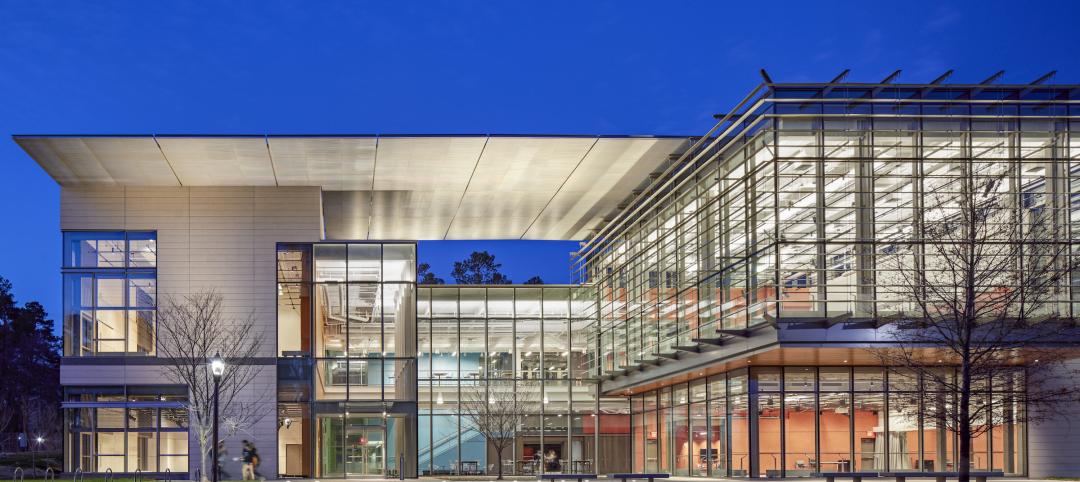According to an Associated Builders and Contractors analysis of U.S. Bureau of Labor Statistics data released today, construction input prices rose 0.9% monthly in February and 1.8% in the past 12 months. Inputs to nonresidential construction were up 1% on a monthly basis and 2.7% on a yearly basis. This is the first time that input prices have risen on a monthly basis since October 2018, when prices increased by 0.5%.
Of the 11 construction subcategories, seven experienced price declines for the month, with the largest decreases in natural gas (-25.8%) and unprocessed energy materials (-10.7%). The largest monthly increases in prices were seen in softwood lumber (+4.8%) and crude petroleum (+2.6%).
“While the monthly increase in materials prices was quite substantial, it makes more sense to focus on the year-over-year statistics,” said ABC Chief Economist Anirban Basu. Several factors were at work when materials prices were expanding very rapidly, including a synchronized global expansion and the initial effects of tariffs on items such as steel, aluminum and softwood lumber. At the time, year-over-year increases in materials prices were routinely in the double digits in percentage terms.
“Today, the annualized increase in materials prices is less than 2%, despite the data characterizing February,” said Basu. Some of this is explained by the dip in oil prices during the past year, which is due in part to a softening global economy and a significant increase in U.S. oil production. However, other key construction materials prices also have declined during the last 12 months, including natural gas, nonferrous wire and cable and softwood lumber.
“With the global economy continuing to weaken, it is unlikely that materials prices will surge in the near term, despite a still very active U.S. nonresidential construction sector,” said Basu. “It is quite conceivable that much of the monthly increase in materials prices registered in February was associated with unusually severe winter weather in much of the nation. Difficulties involving transportation, for instance, have a tendency to push purchase prices higher. The implication is that the monthly increase registered in February will probably not be repeated in March and April.”
Related Stories
Market Data | Nov 27, 2023
Number of employees returning to the office varies significantly by city
While the return-to-the-office trend is felt across the country, the percentage of employees moving back to their offices varies significantly according to geography, according to Eptura’s Q3 Workplace Index.
Market Data | Nov 14, 2023
The average U.S. contractor has 8.4 months worth of construction work in the pipeline, as of September 2023
Associated Builders and Contractors reported that its Construction Backlog Indicator declined to 8.4 months in October from 9.0 months in September, according to an ABC member survey conducted from Oct. 19 to Nov. 2. The reading is down 0.4 months from October 2022. Backlog now stands at its lowest level since the first quarter of 2022.
Multifamily Housing | Nov 9, 2023
Multifamily project completions forecast to slow starting 2026
Yardi Matrix has released its Q4 2023 Multifamily Supply Forecast, emphasizing a short-term spike and plateau of new construction.
Contractors | Nov 1, 2023
Nonresidential construction spending increases for the 16th straight month, in September 2023
National nonresidential construction spending increased 0.3% in September, according to an Associated Builders and Contractors analysis of data published today by the U.S. Census Bureau. On a seasonally adjusted annualized basis, nonresidential spending totaled $1.1 trillion.
Market Data | Oct 23, 2023
New data finds that the majority of renters are cost-burdened
The most recent data derived from the 2022 Census American Community Survey reveals that the proportion of American renters facing housing cost burdens has reached its highest point since 2012, undoing the progress made in the ten years leading up to the pandemic.
Contractors | Oct 19, 2023
Crane Index indicates slowing private-sector construction
Private-sector construction in major North American cities is slowing, according to the latest RLB Crane Index. The number of tower cranes in use declined 10% since the first quarter of 2023. The index, compiled by consulting firm Rider Levett Bucknall (RLB), found that only two of 14 cities—Boston and Toronto—saw increased crane counts.
Market Data | Oct 2, 2023
Nonresidential construction spending rises 0.4% in August 2023, led by manufacturing and public works sectors
National nonresidential construction spending increased 0.4% in August, according to an Associated Builders and Contractors analysis of data published today by the U.S. Census Bureau. On a seasonally adjusted annualized basis, nonresidential spending totaled $1.09 trillion.
Giants 400 | Sep 28, 2023
Top 100 University Building Construction Firms for 2023
Turner Construction, Whiting-Turner Contracting Co., STO Building Group, Suffolk Construction, and Skanska USA top BD+C's ranking of the nation's largest university sector contractors and construction management firms for 2023, as reported in Building Design+Construction's 2023 Giants 400 Report. Note: This ranking includes revenue for all university/college-related buildings except student residence halls, sports/recreation facilities, laboratories, S+T-related buildings, parking facilities, and performing arts centers (revenue for those buildings are reported in their respective Giants 400 ranking).
Construction Costs | Sep 28, 2023
U.S. construction market moves toward building material price stabilization
The newly released Quarterly Construction Cost Insights Report for Q3 2023 from Gordian reveals material costs remain high compared to prior years, but there is a move towards price stabilization for building and construction materials after years of significant fluctuations. In this report, top industry experts from Gordian, as well as from Gilbane, McCarthy Building Companies, and DPR Construction weigh in on the overall trends seen for construction material costs, and offer innovative solutions to navigate this terrain.
Data Centers | Sep 21, 2023
North American data center construction rises 25% to record high in first half of 2023, driven by growth of artificial intelligence
CBRE’s latest North American Data Center Trends Report found there is 2,287.6 megawatts (MW) of data center supply currently under construction in primary markets, reaching a new all-time high with more than 70% already preleased.



















